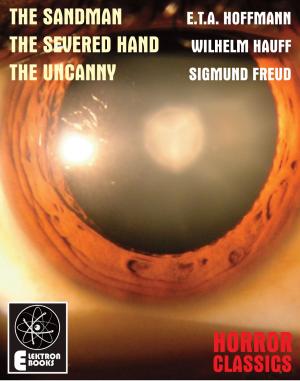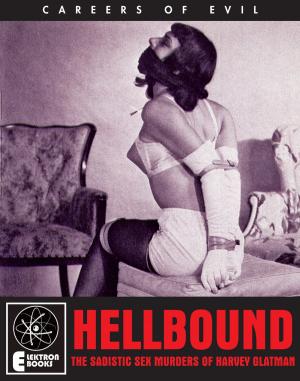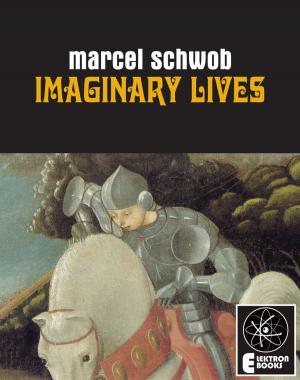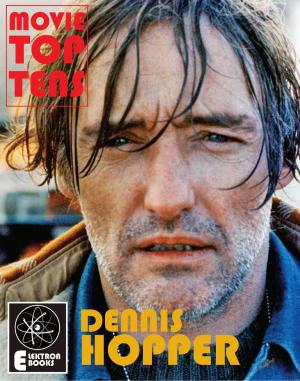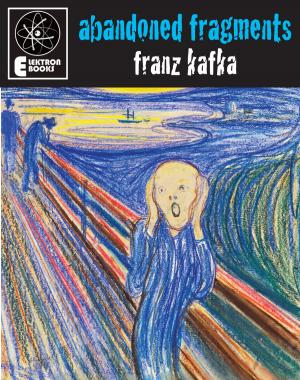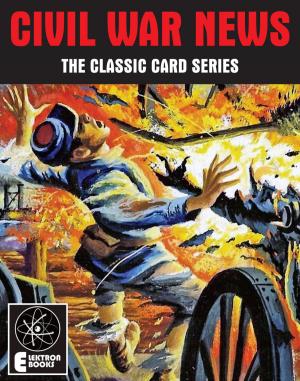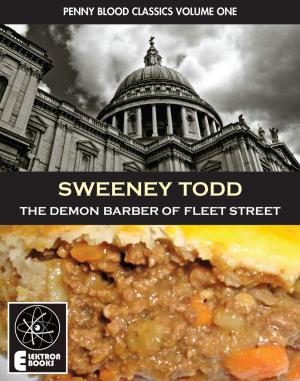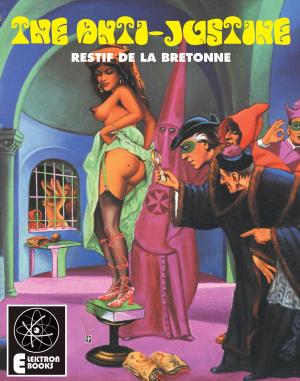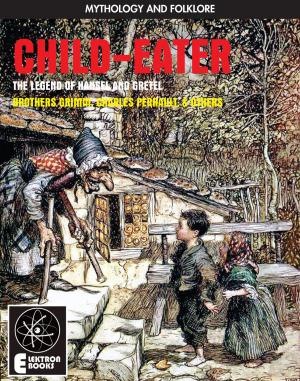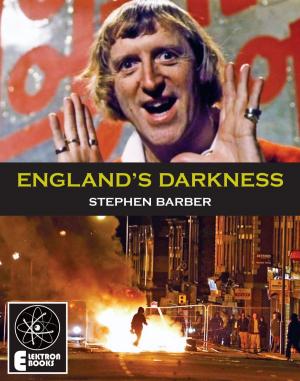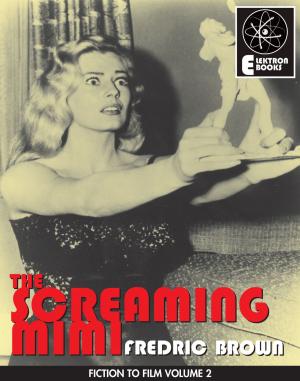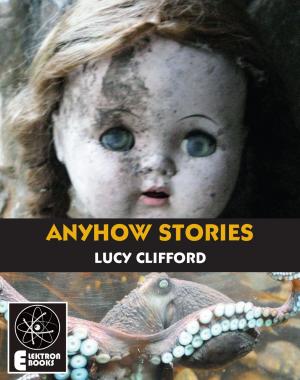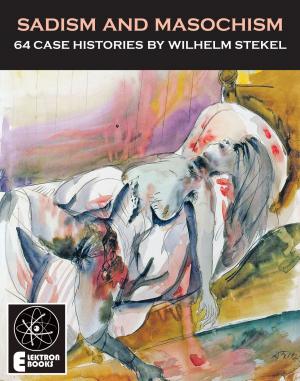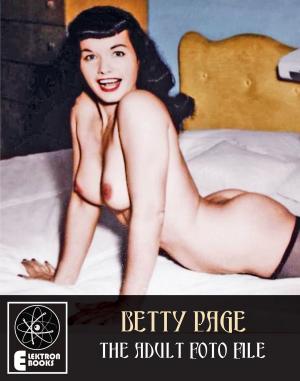Torture Demons
Japanese Hell Paintings
Nonfiction, Art & Architecture, Art History, Asian, General Art| Author: | Akai Jigoku | ISBN: | 9781909923003 |
| Publisher: | Elektron Ebooks | Publication: | January 5, 2010 |
| Imprint: | Elektron Ebooks | Language: | English |
| Author: | Akai Jigoku |
| ISBN: | 9781909923003 |
| Publisher: | Elektron Ebooks |
| Publication: | January 5, 2010 |
| Imprint: | Elektron Ebooks |
| Language: | English |
The Jigoku-zoshi (“Hell Scrollsâ€) and similar documents from the 12th century onwards are amongst the earliest, and bloodiest, accounts of human carnage in Japanese art. Victims are burned, drowned in blood and excrement, crushed by fiery rocks, flayed, eaten alive by beasts, and have their bones pulverised by vicious, club-wielding oni (horned, clawed, fanged demons who may have multiple eyes and blue or red skin). This is the Buddhist concept of purgatory, where sinners have eight “great hells†and sixteen “lesser hells†to contend with. Japanese Hell pictures comprise a startling visual catalogue of atrocity and suffering. TORTURE DEMONS presents more than 60 such images, shown in full colour throughout, in which sinners are subjected to multiple mutilations and dismemberments, an orgy of religious retribution, torment and putrefaction.
The Jigoku-zoshi (“Hell Scrollsâ€) and similar documents from the 12th century onwards are amongst the earliest, and bloodiest, accounts of human carnage in Japanese art. Victims are burned, drowned in blood and excrement, crushed by fiery rocks, flayed, eaten alive by beasts, and have their bones pulverised by vicious, club-wielding oni (horned, clawed, fanged demons who may have multiple eyes and blue or red skin). This is the Buddhist concept of purgatory, where sinners have eight “great hells†and sixteen “lesser hells†to contend with. Japanese Hell pictures comprise a startling visual catalogue of atrocity and suffering. TORTURE DEMONS presents more than 60 such images, shown in full colour throughout, in which sinners are subjected to multiple mutilations and dismemberments, an orgy of religious retribution, torment and putrefaction.

